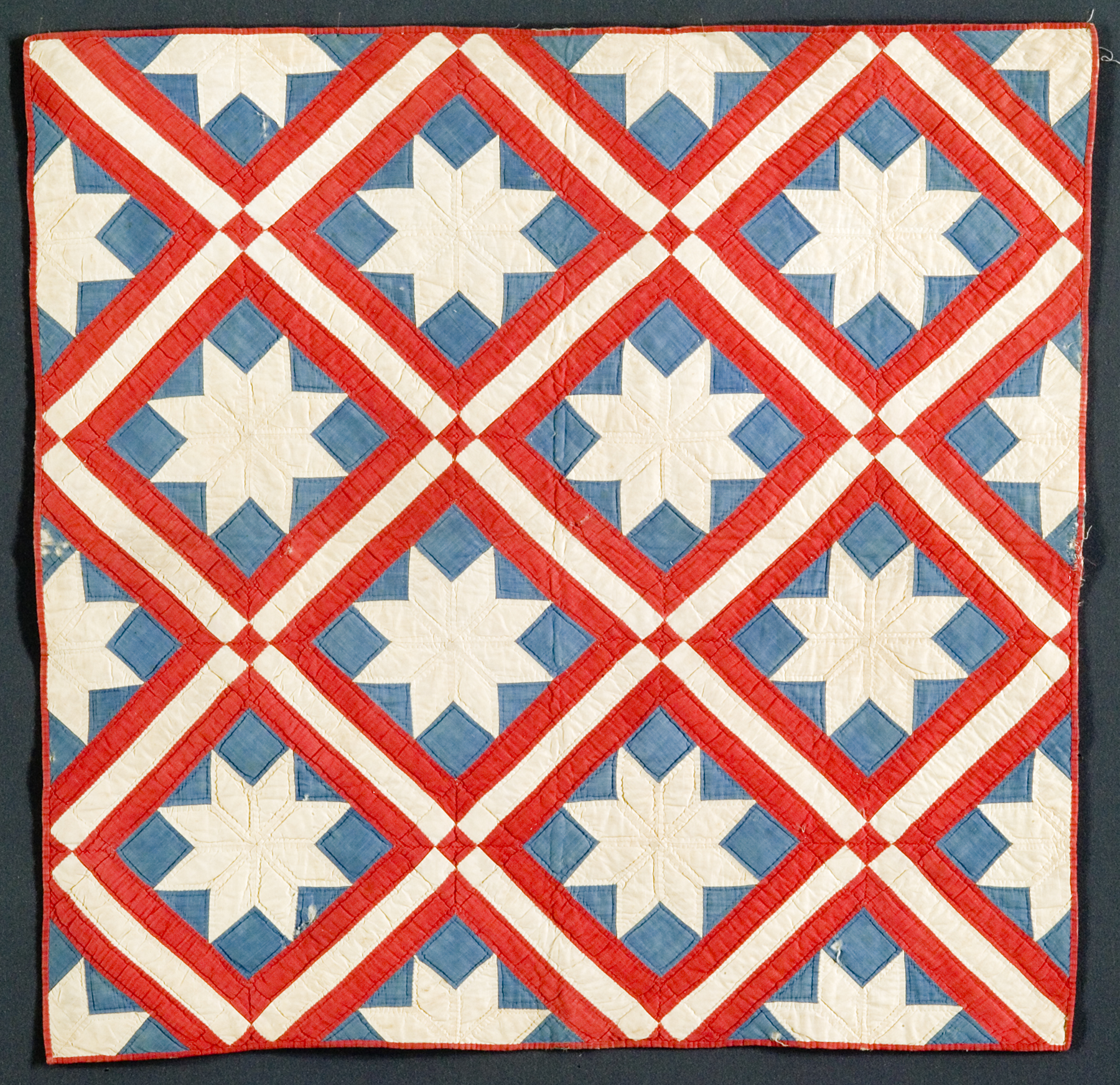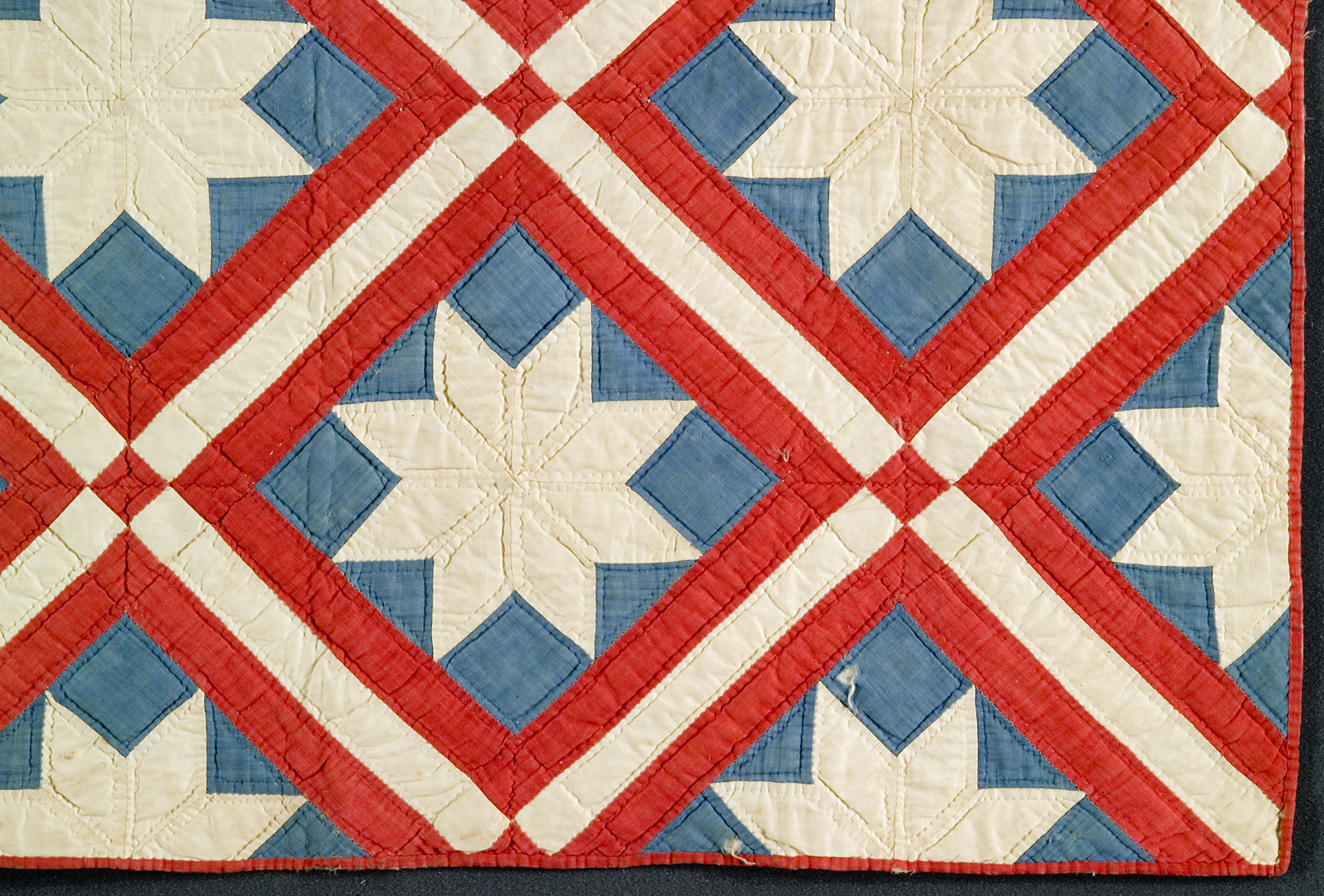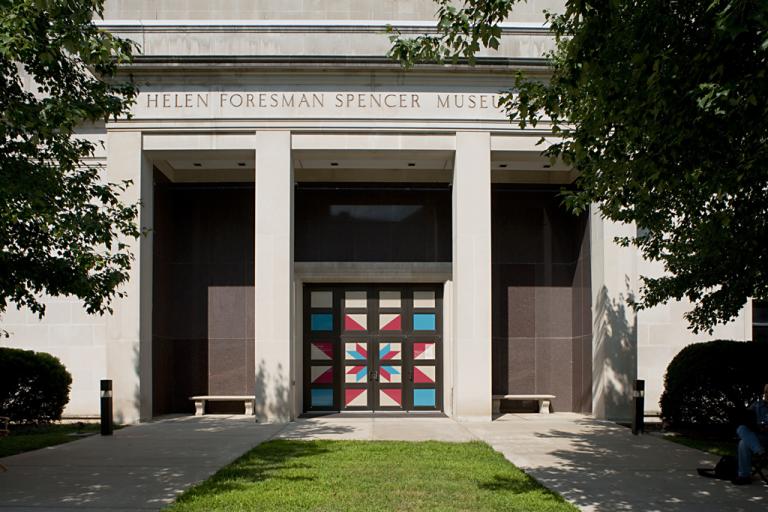Eight-Point Star crib quilt, or Le Moyne Star crib quilt, unknown maker from the United States
Artwork Overview
Eight-Point Star crib quilt, or Le Moyne Star crib quilt
, circa 1850–1890
Where object was made: New Orleans, Louisiana, United States
Material/technique: cotton; piecing; quilting
Credit line: Gift of Mrs. W. H. Sears
Accession number: 1930.0002
Not on display
If you wish to reproduce this image, please submit an image request







